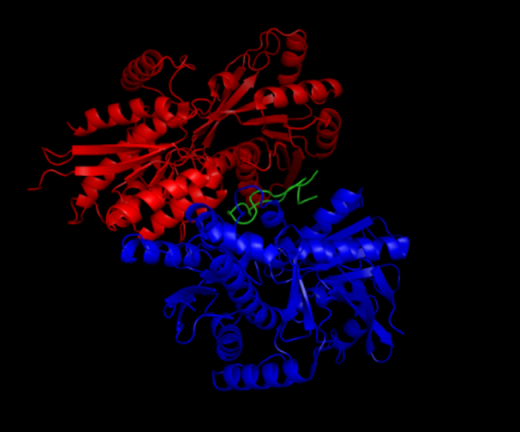The problem
Let's beat heart failure
Heart failure (HF) is a very important public health problem in both developed and developing countries with a prevalence of about 1% of the population.
This year SensUs features NT-proBNP as its target molecule, which is a key biomarker for heart failure. But what is NT-proBNP and why is it important? And how does NT-proBNP relate to heart failure?
This page explains how the heart functions, what happens when it fails to function, and why NT-proBNP is a very useful molecule to measure with a small and rapid biosensor.
My personal story...
Meet Paula (51), heart failure patient
The Core
The Heart
The heart is a muscular organ with about the size of a fist and a weight of approximately 250–350 grams. The heart is located between the lungs almost in the middle of the thoracic cavity. It functions as the body’s circulatory pump. It takes in blood that is low in oxygen and delivers this to the lungs where the blood is reoxygenated. From there the blood returns to the heart and is pumped through the rest of the body, providing all organs with oxygen and nutrients.

When the hearts fails
Heart Failure
When a person suffers from heart failure, the heart is not able to pump around the amount of blood that the body needs. The resulting symptoms can be many, for example excess fluid in body and lungs, shortness of breath and fatigue.
There are two types of heart failure: systolic heart failure and diastolic heart failure. The body can compensate for heart failure through several mechanisms.

When the heart lacks power
Systolic Heart Failure
Systolic heart failure refers to the condition in which the heart lacks the power to provide the body with enough blood. This type of heart failure is named after one of the phases the heart goes through during a heartbeat: the systole. The systole is when the heart contracts and pushes all the blood into the arteries. A healthy heart is able to eject about 70% of the blood inside the heart. The amount of blood a heart pumps out is called the ejection fraction. When a person is suffering from systolic heart failure this ejection fraction goes down from 70% to less than 40%. Because the heart is no longer able to contract powerfully and thus does not eject enough blood, this type of heart failure is also called HF-REF: heart failure with reduced ejection fraction.
When the heart can't fully relax
Diastolic Heart Failure
Diastolic heart failure refers to the condition in which the heart still is able to contract powerfully, but is no longer able to fully relax. Because the heart does not fully relax, an increased pressure remains, causing a less effective heart function and other consequences such as pulmonary edema. This type of heart failure is named after the diastolic phase of a heartbeat. The diastolic phase is the phase in which the heart muscle relaxes and fills up again. This type of heart failure is also called HF-PEF: heart failure with preserved ejection fraction.
When the heart tries to keep up...
Compensation
The body reacts to heart failure by compensating in three ways: enlarging the heart, developing more muscle mass and pumping faster. By enlarging, the heart can fill up with more blood and thereby it can pump out more blood. By developing more muscle mass, the heart can contract more powerfully to keep up with the workload. By pumping faster, the heart can push out the same amount of blood in the same time as it would have before it started to fail. These three compensation mechanisms may reduce the effect of the failure for a while, but they are not a solution since they all cause the heart to deteriorate over time. Because these compensation mechanisms mask the heart failure, the disease is sometimes discovered at a late stage.
The biomarker
NT-proBNP
NT-proBNP is a protein that is secreted by the heart muscle cells into the blood stream in reponse to excessive strain. Therefore, NT-proBNP is a biomarker for the detection of heart failure. Being able to measure NT-proBNP with a small and rapid biosensor would faciliate the early diagnosis and monitoring of heart failure. Patients could receive appropriate care sooner, chronic patients would need less visits to the hospital, and rehospitalization rates could be reduced.

Heart failure biosensor
SensUs 2017 Biosensor Contest
On the 8th and 9th of September 2017, there will be a contest regarding biosensors for the measurement of NT-proBNP, a key biomarker for heart failure. After 10 months of work, teams of students will demonstrate and compare their biosensors. It will be an exciting competition between teams of 10 universities from 9 countries!


Facebook
YouTube
LinkedIn
Instagram